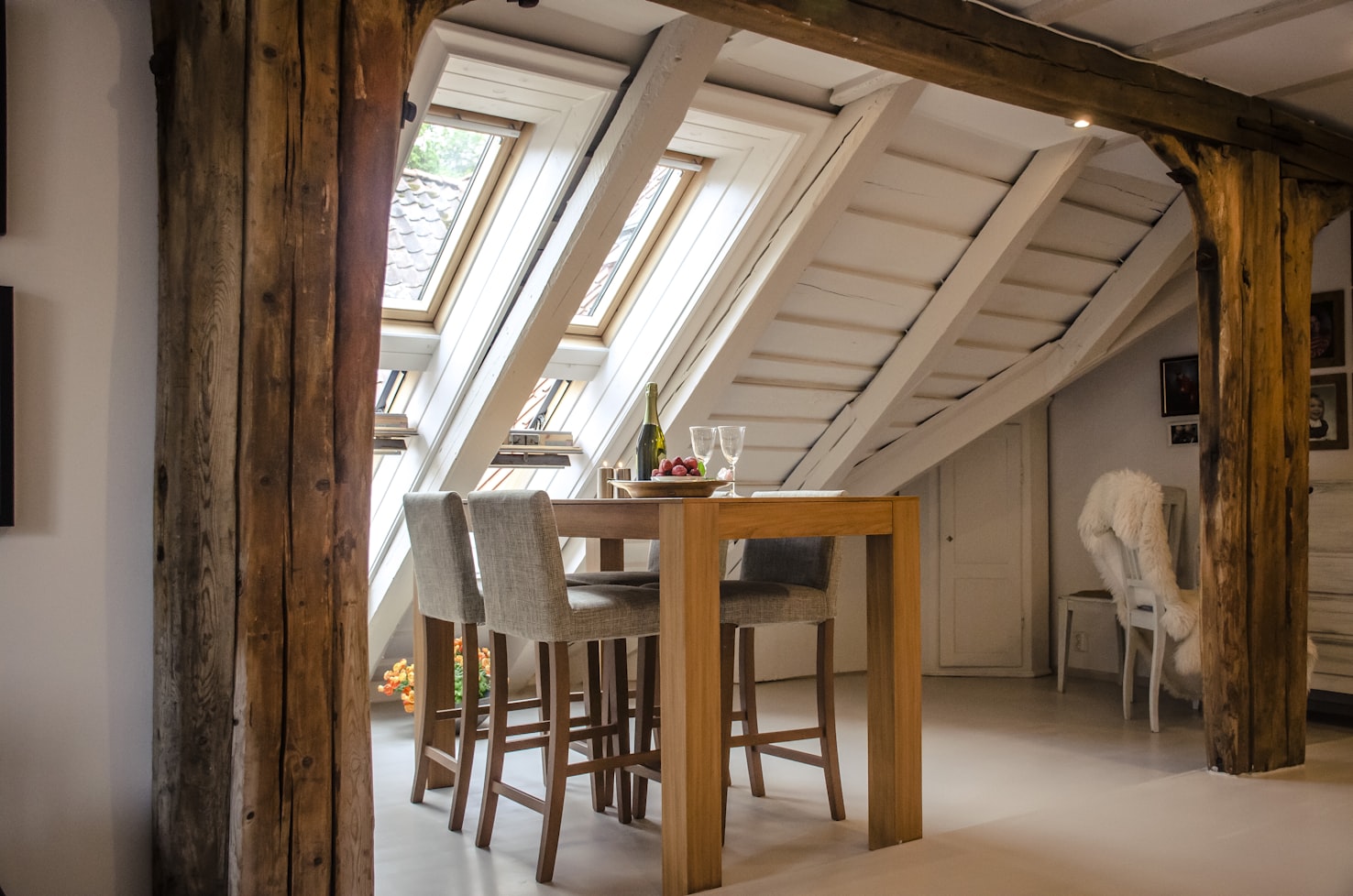How to Green Your Kitchen Routine
How to Green Your Kitchen Routine

Power and gas consumption accounts for almost a quarter of all carbon dioxide emissions from our dwellings, with heating and hot water accounting for more than half of our fuel expenses in a typical household. Having a contemporary energy-effective boiler and heating systems in your kitchen – and just about every other part of the house – is among the effortless methods to guarantee you’re being eco-friendly.
If the phrase “eco-friendly cooking” conjures up images of solar ovens or a costly kitchen renovation, it’s time to rethink your cooking habits. The principal constituents of good green cuisine are physics, chemistry, and practical wisdom. We’ve compiled a list of ten simple modifications that can help you save energy and funds in the kitchen, as well as a few dishes that will allow you to see and taste just how simple Earth-conscious cooking can be.
1. Select Energy-Saving Kitchenware

Heat transfer is quick and even helps to conserve and provide better performance. Cast iron, stainless steel, and copper pans, as well as time-saving stainless steel cookers, are the finest cooktop alternatives. Convert to baking pans and molds made of glass, ceramic, or silicone, which permits you to lower oven temps by 25°F to 30°F.
Moreover, if you want to make a bigger saving, you can also think of the power source. This can easily be done by shifting to solar energy. It is more eco-friendly and you do not have to worry about lots of things. All you need is to get a solar system component and a panel that works within your budget and you are good to go. You can use this to support the lighting and any automation you might have in mind in the kitchen.
2. Reduce the Size of your Appliances

Do you need to bake a 9-inch pan of cookies or just a handful of potatoes? Use your toaster oven, which can save you up to half the energy of a regular oven. A further alternative for conserving energy is to use a slow cooker.
Over the decades, kitchen gadgets such as washing machines, dishwashers, refrigerators, kettles, and cookers have gotten more energy-efficient, with the finest models requiring less energy than a decade ago. Nevertheless, the typical fridge, refrigerator, and washing machine disc have grown in size, canceling out some of the potential energy efficiency.
Do you actually require a full-size refrigerator if all you store in your refrigerator is a beer bottle and a lemon? These methods may seem a bit drastic, however, they are worth it if you want to help conserve energy, and help the environment in the long run.
3. Juggle in the Oven

Electric ovens cost roughly 24 cents per hour to run at 350°F, while natural gas ovens require approximately 9 cents per hour. To save energy, bake, roast, and/or warm meals on both oven racks simultaneously. Aside from utilizing the oven in the most effective way, you should also take time to check your oven for any damage or potential malfunction in the future. Remember that a damaged oven takes more energy to run than one that is in perfect condition.
4. Employ an appropriate Burner

About 40+% of the heat produced by a 6-inch pot on an 8-inch burner is wasted. Large burners can only be applied for pots sufficient to cover the burner; alternatively, all the heat that climbs up around the pot is wasted. If you have a newer oven, check the handbook to see which burners are for high heat and which are for boiling.
5. Disperse the Items

Who hasn’t struggled to warm stew in a small pot only to end up with a soup that’s burnt on the outside but frigid in the middle? When you distribute food in a light coating, it heats up quicker and more evenly. This “scatter-thin” strategy also works in baked goods: banana bread takes 40 to 50 minutes to bake, but the same mixture packed into 12 muffin tins only takes about 25 minutes to bake.
6. Bring it Outside

You want to maintain your kitchen cooler when the weather gets warmer so that your air conditioners and ventilators don’t have to function as hard. Using your slow cooker on the porch and making a habit of cooling goods in a sheltered outdoor space in addition to planning dinners on the grill is such a setting. It’s the same concept as cooling pies on a ledge. It keeps heat and humidity out of the house.
7. Complete with a Touch of Residual Heat

Switch off the heat just before your brussels sprouts or veggies are done the next time you make them. The leftover heat from the stove and pan will complete the cooking, saving you a couple of minutes of energy consumption.
8. Avoid Leaving Your Appliances on Standby

While refrigerators, refrigerator-freezers, upright and chest coolers are the largest individual consumers of heat in the home due to their constant use, you can save energy by switching off other electronic equipment that is not in use.
Whenever left on standby, your washers, microwaves, laundry machine, tumble dryer, and electric oven all consume electricity. To save electricity, get into the habit of shutting them off at the socket. This will also lessen the chances of plug malfunctions, and fires getting started.
Moreover, you need to regulate the gas that you utilize in your cooking. It’s part of the process.
The Bottom Line
Going green, as we mentioned earlier, does not require you to go big with your purchases, particularly the kitchen appliances. You can do this with the simple suggestions that we have highlighted above. Have fun and enjoy your green and ecological kitchen!



